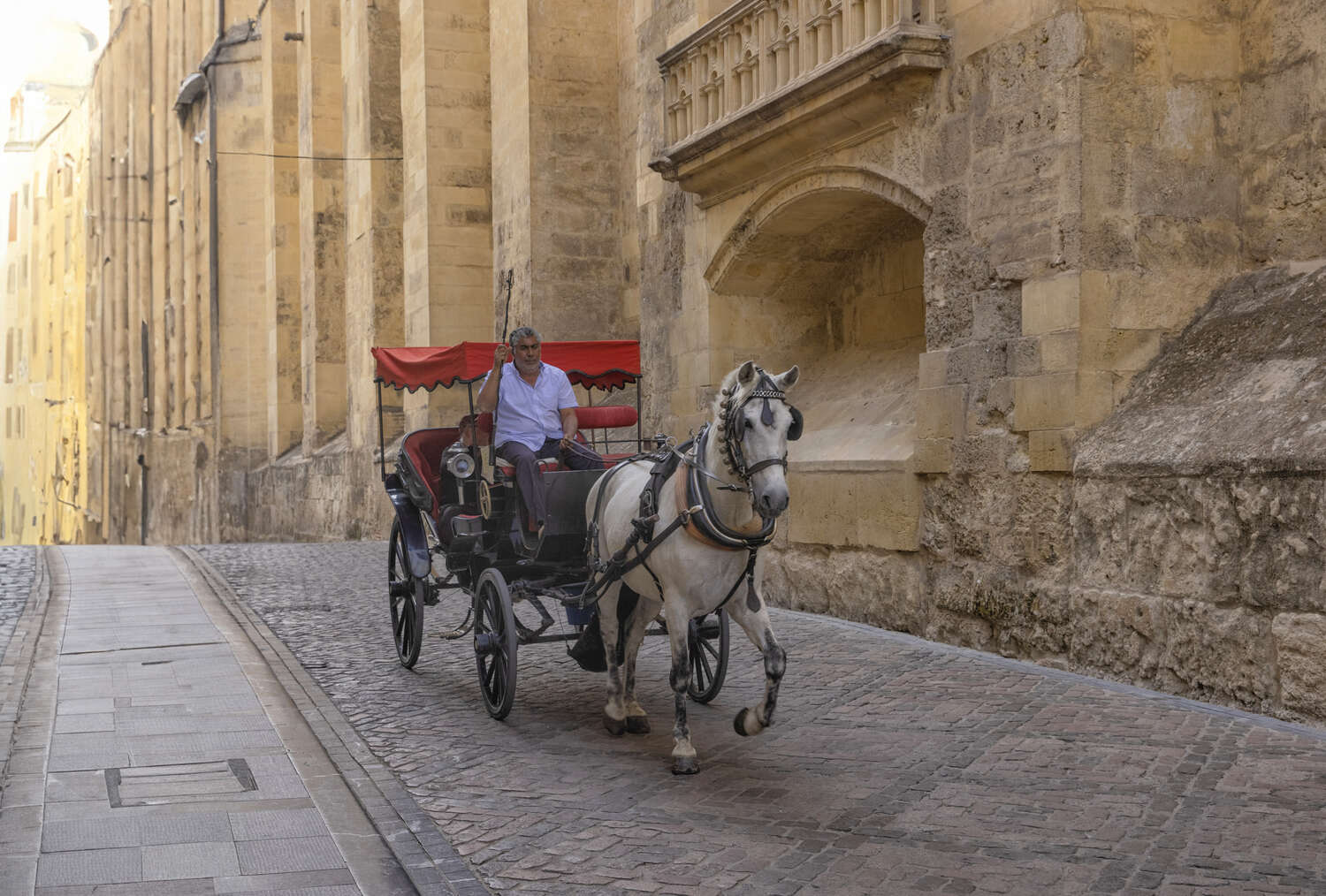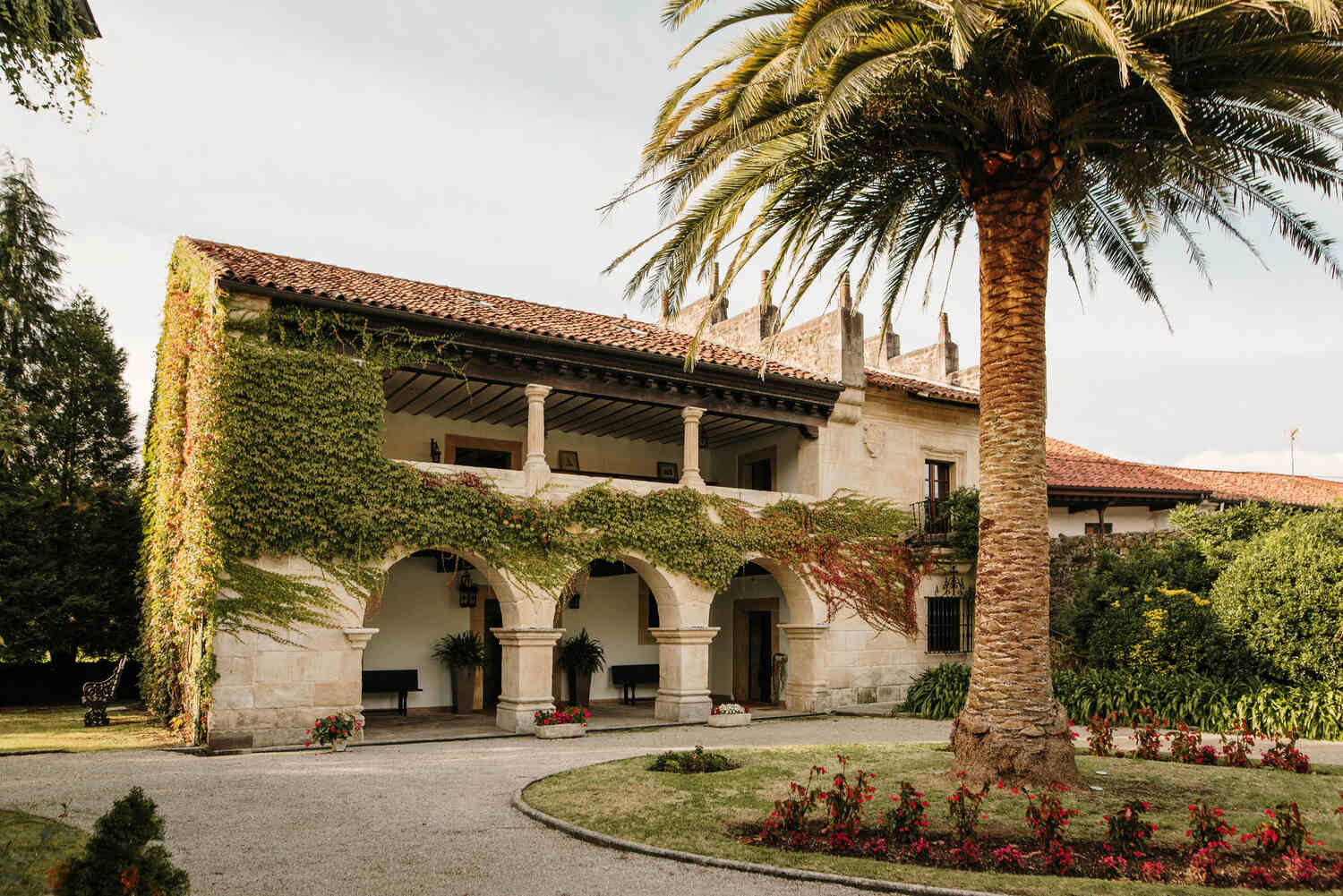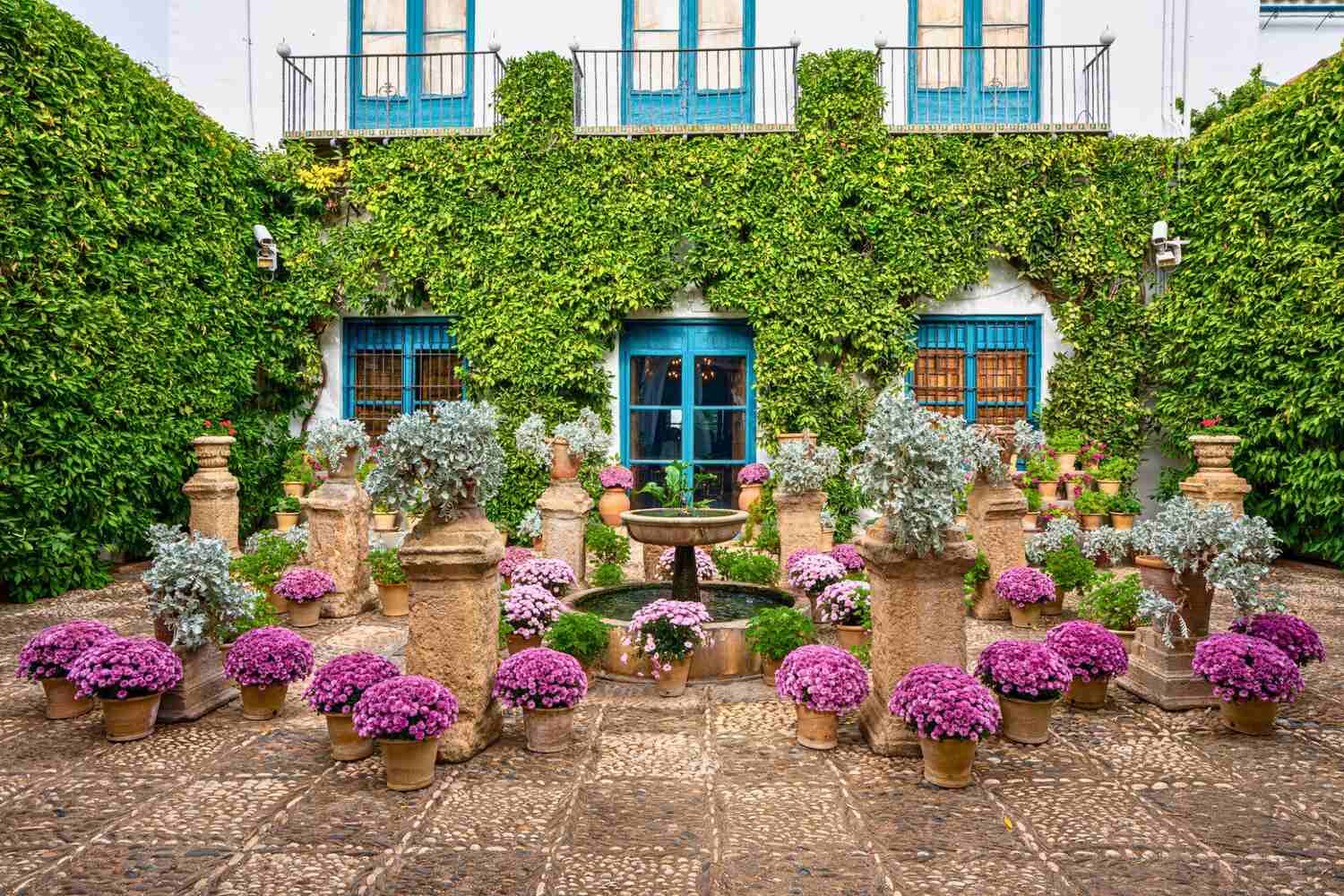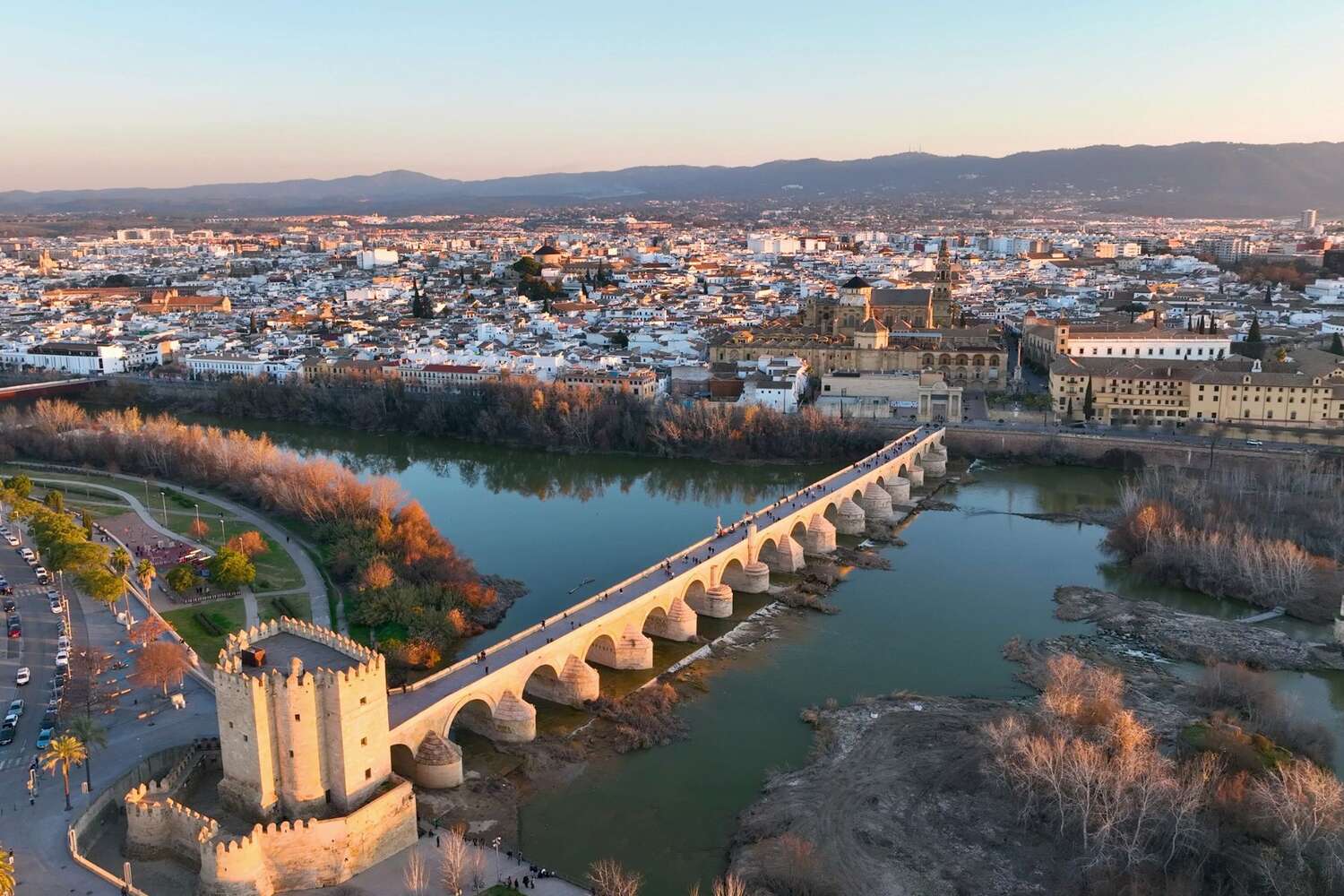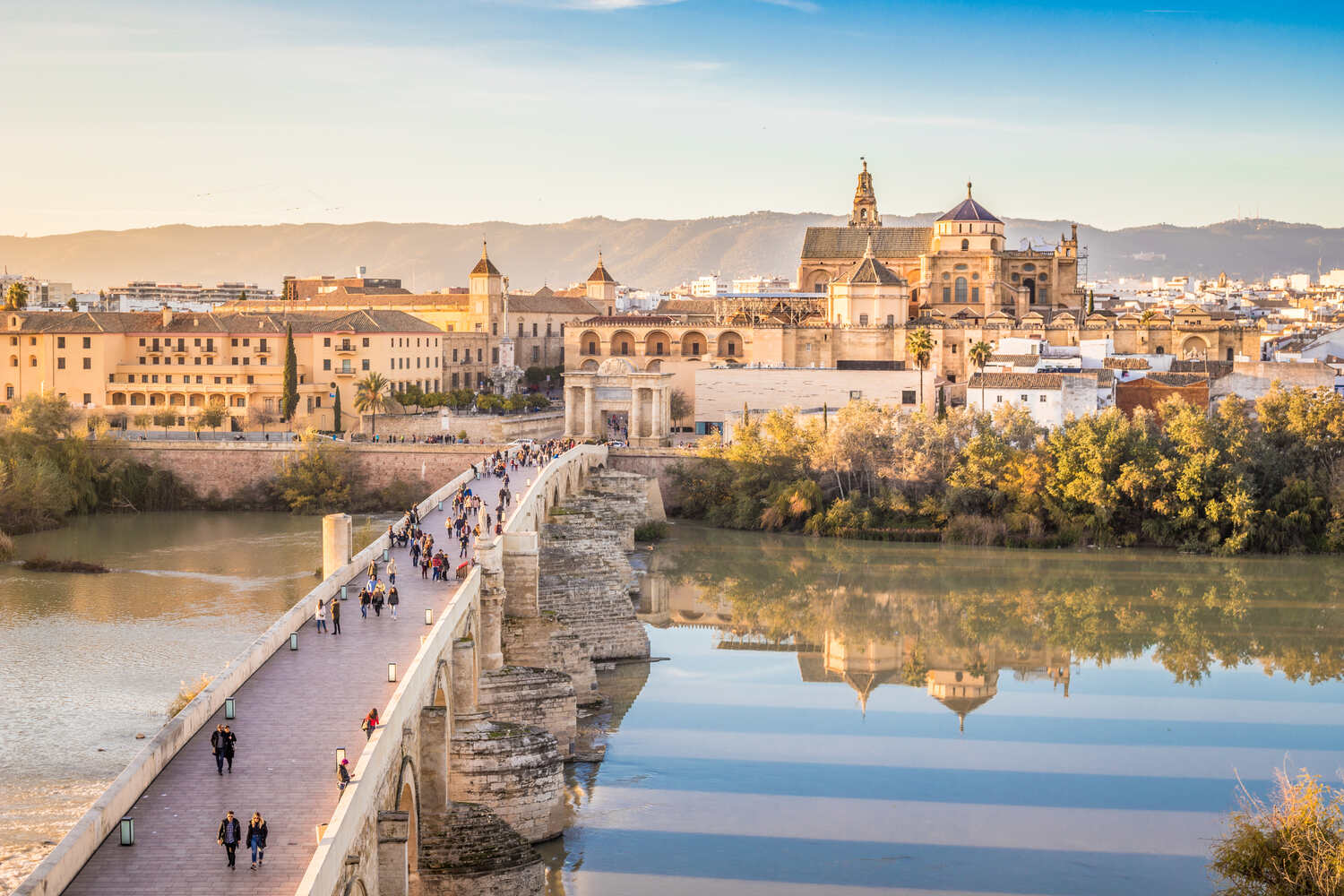Cordoba Travel Guide
Welcome to Cordoba.
Here’s everything you need to know + our most popular posts about Cordoba.
Day Tours from Cordoba
Cordoba Travel Tips
The best time to visit Córdoba is spring (March to May) and fall (September to November). Spring is especially popular because of the Patios Festival, when locals open their flower-filled courtyards to visitors.
The weather is pleasant, with warm days and cool nights, making it perfect for exploring the Mezquita, Alcázar, and old town.
Summer can be scorching, often hitting 40°C (104°F), so unless you love the heat, it’s best to avoid July and August. Winters are mild, but some attractions have shorter hours.
Renting a car can be useful for day trips, but not necessary if you’re staying in the city. The historic center is compact and walkable, with most attractions just minutes apart. If you do rent a car, be aware that driving in the old town is tricky, with narrow streets, limited parking, and some pedestrian-only zones.
Parking is easier in Vial Norte or across the river, where hotels may offer free spots. If you plan to explore the Andalusian countryside, renting a car is a great idea.
If it’s your first visit, staying in La Judería (the Jewish Quarter) puts you steps from the Mezquita and other historic sights. The winding streets are beautiful and full of character, but hotels here can be smaller and more expensive.
For a more local feel, San Basilio is a quieter area famous for flower-filled patios and family-run tapas bars. It’s still close to the center, but with fewer crowds.
If you’re on a budget or want modern comfort, Vial Norte offers larger hotels, better prices, and easy access to the train station.
For a peaceful stay with great city views, consider staying across the river, where hotels are often cheaper and quieter.
A day trip is enough to see the Mezquita, Roman Bridge, and a few key sights, but staying at least one or two nights lets you explore the city a little more.
With more time, you can visit hidden patios, explore local neighborhoods like San Basilio, and enjoy traditional Andalusian food without rushing. If you’re using Córdoba as a base, you can also take day trips to nearby towns like Priego de Córdoba or Medina Azahara.
Córdoba is one of the safest cities in Spain, with low crime rates and a relaxed atmosphere. The main tourist areas, including Santa Cruz, La Judería, and Vial Norte, are safe to explore day and night.
Like any city, keep an eye on your belongings in crowded places to avoid pickpockets, especially during festivals or in busy markets.
At night, the historic center is well-lit and lively, though quieter areas outside the old town can feel deserted. Overall, it’s a very safe place to visit.
Many locals, especially in hotels, restaurants, and tourist spots, speak basic English, but it’s not as widely spoken as in bigger Spanish cities like Madrid or Barcelona.
In smaller shops, cafés, and markets, you might need to use simple Spanish or gestures to communicate.
Learning a few key phrases like “gracias” (thank you) or “la cuenta, por favor” (the check, please) can be helpful. Most younger people and those working in tourism speak at least some English, so you won’t have trouble getting around.
Any Questions?
Get in touch here for feedback or collaborations.
